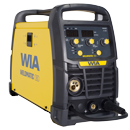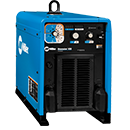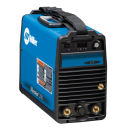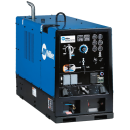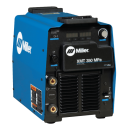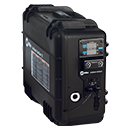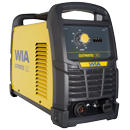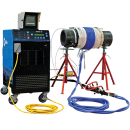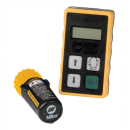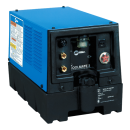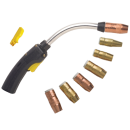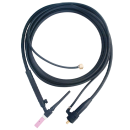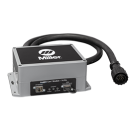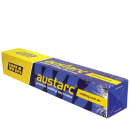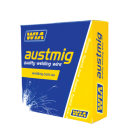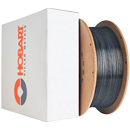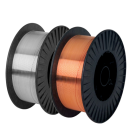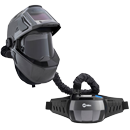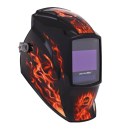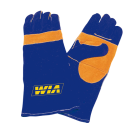Selecting the Right Engine-Driven Welder
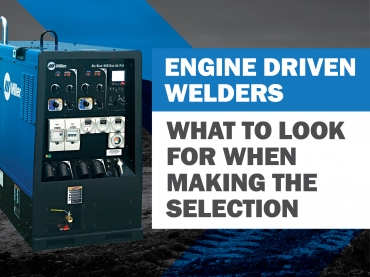
Whether you are powering tools or engaging in multi-process welding, choosing the correct engine-driven welder requires careful consideration.
Not all engine-driven welders are created equal, so when investing in capital expenditure it is important that plant and machinery meet expectations. Users need a reliable machine that can handle high workloads in a range of working conditions.
So, what sort of features should users be looking for when buying a machine?
An engine-driven welder should be capable of multi-purpose functions. Most should be able to do stick, MIG, DC TIG, flux cored, and in some cases, DC Pulse TIG welding.
The machine should also be able to double as an auxiliary power generator so users can plug power tools into its auxiliary power outlets. Most welding operations require the use of other tools such as grinders, drills and drop saws, lighting.
Selecting a solidly built machine is another key factor so that it can handle harsh working conditions such as those that are found on construction sites, heavy industries, as well as the light manufacturing sector. The ability to handle these conditions is important because most units are moved often as tradespeople tend to move from one job to another.
Another question that will need answering before a decision is made is ‘how much auxiliary power can the machine generate?’ Is 3 phase power required? is Single phase power required? Welder Generator can have outputs ranging from 4kW single phase to 20kW 3 phase., which means many of its functions can be carried out without having to worry if the machine can handle the capacity. Another consideration is how much auxiliary power is available while welding, sometimes auxiliary power is reduced while welding.
Welding output range is also an important consideration. If the machine’s output ranges don’t meet the necessary demands then the unit is useless to the end user.
Maintenance on welding generators is important so easy access to oil dipstick, filter and oil change locations is essential.
Last but not least is the issue of portability. Being able to move the unit from place-to-place with ease makes travelling to remote, or hard-to-access areas, a non-issue.
All of these features will have an impact the choice of device that will meet the needs of an end user.
We have a range of engine-driven welders that meet these specifications. Our Miller range has a machine for every occasion and are designed to run hours and hours continuously, and won’t let you down.
These units cover most applications within the welding range of processes including MIG, DC TIG or, in some cases, DC Pulse TIG welding.
Welding output ranges vary from unit to unit. For example, the Bobcat 250 unit has welding output ranges of 40-250 Amps AC or DC, and 17-28 Volts, while the high-end Big Blue 800X Duo Air Pak as output ranges of 20-800 Amps and 14-40 Volts.
Miller engine-driven welders can be used in many applications including fabrication, maintenance, construction, piping and repairs to name a few. They all have auxiliary outputs for power tools and are powered by either petrol or diesel.
Our Miller range of engine-driven welders are designed to give users the confidence that not only can they can get a job finished, but they will also meet the expectations of prospective clients.
For more information, contact our customer support team on 1300 300 884.
Date: 4th July, 2017






